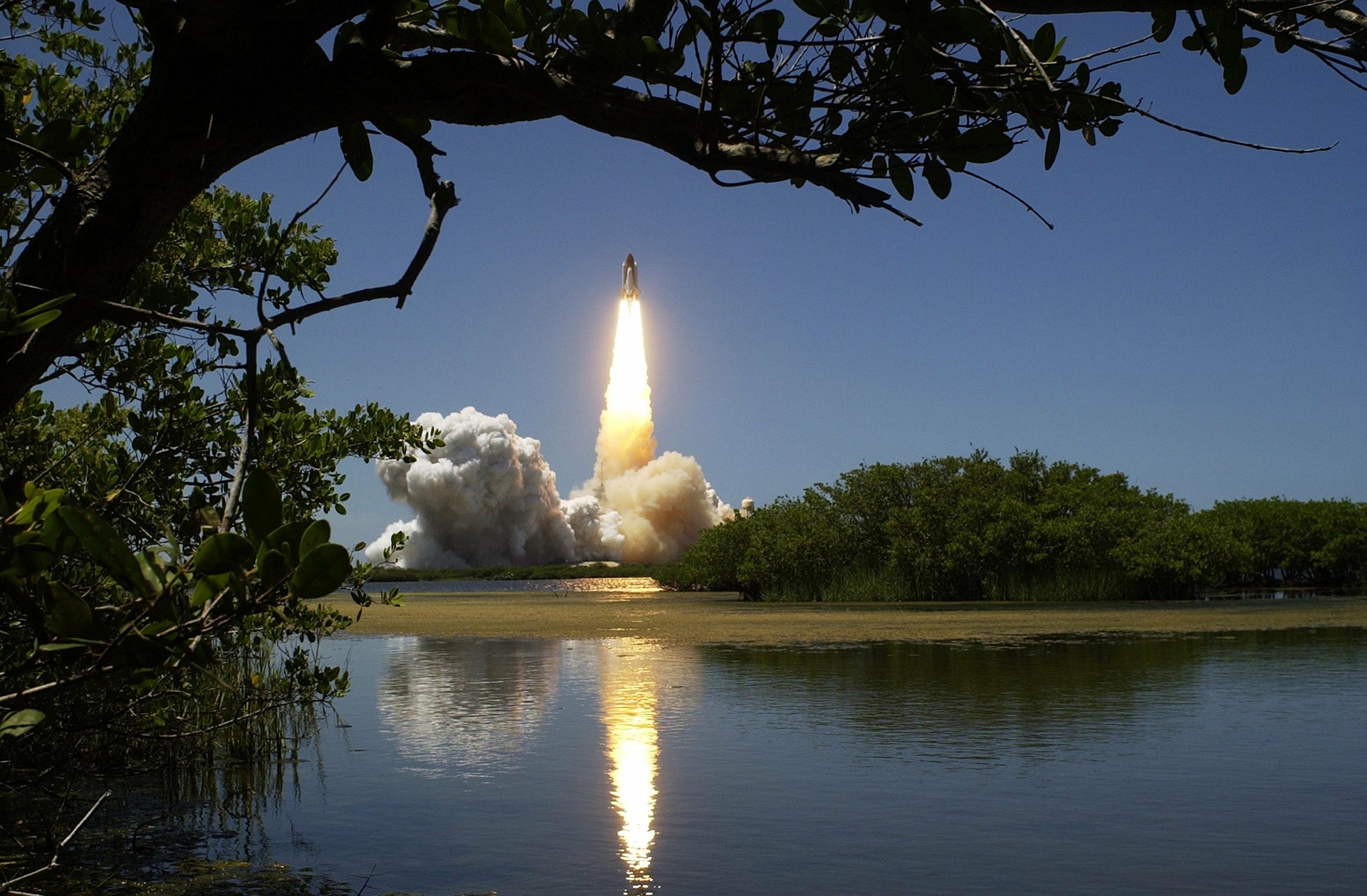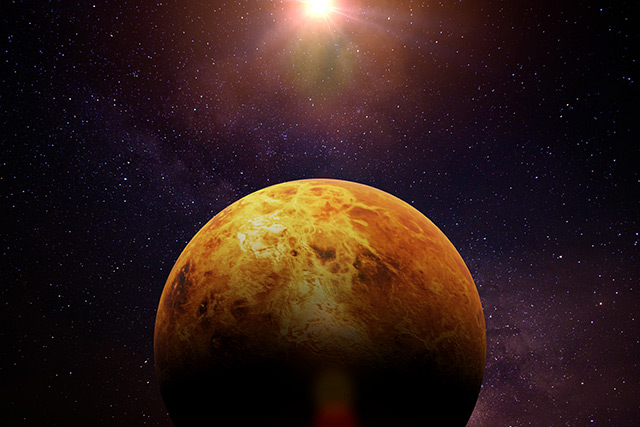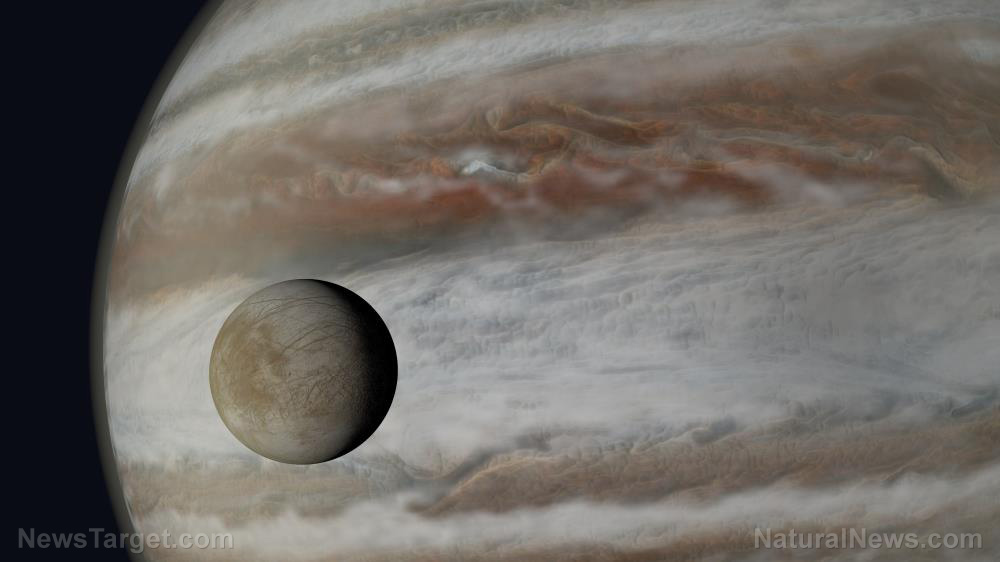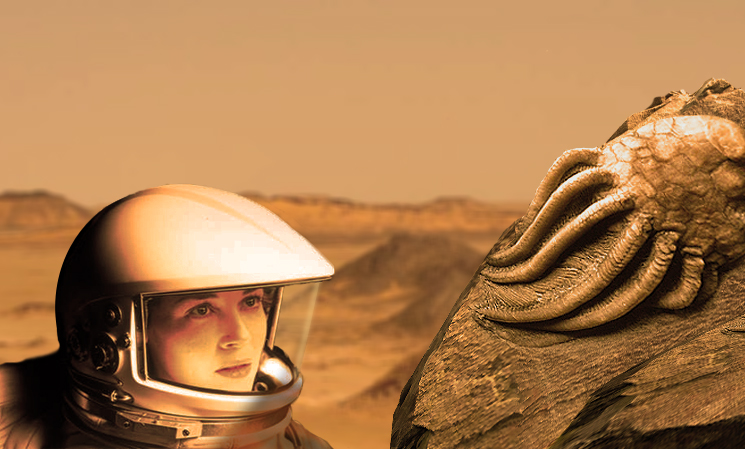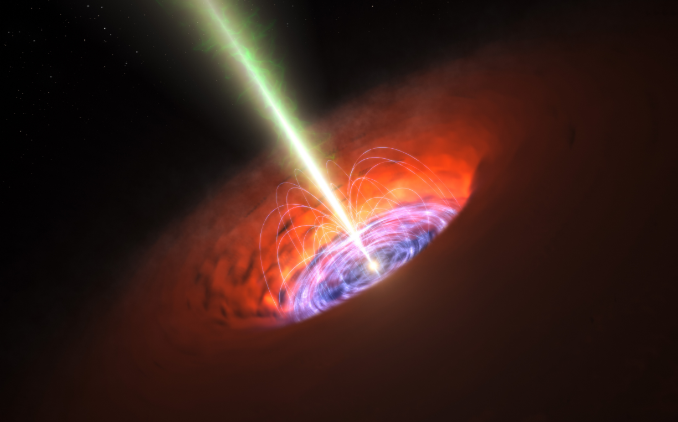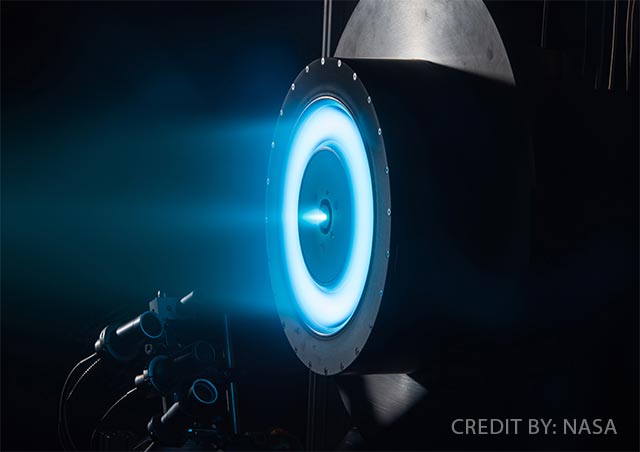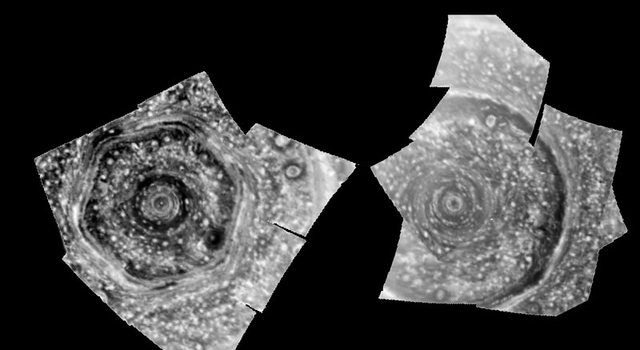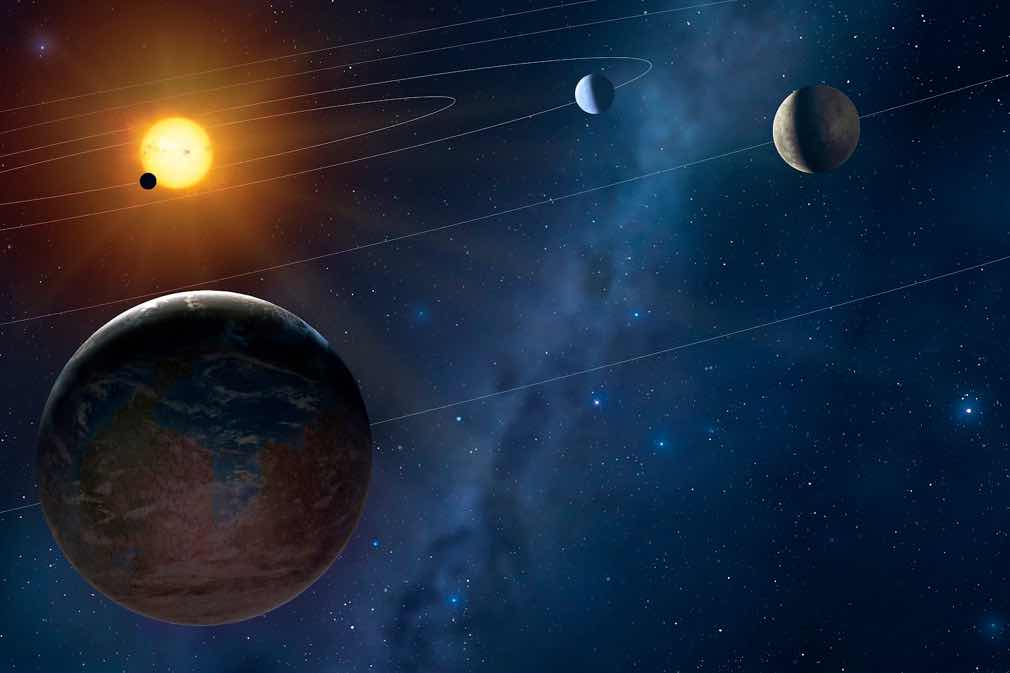NASA to award first contract for its lunar “Gateway” program by early 2019
05/29/2018 / By Edsel Cook

NASA is making significant headway in its plan to return humans to the Moon. In a Bloomberg report, the space agency will issue the initial contract for its lunar “Gateway” program in 2019.
“Gateway” is the nickname of the Lunar Orbital Platform-Gateway, the planned space station that NASA will use to study the moon and the conditions in deep space. Over time, it will serve as a stopover for Mars-bound manned missions.
The initial 2019 contract for the Gateway program will cover power and propulsion components for the lunar space station. The living quarters are next in line for construction, said NASA official William Gerstenmaier during the Space Symposium conference in Colorado. (Related: Lockheed Martin has begun construction on the Orion crew capsule, intended to take humans to the moon, then Mars.)
Gerstenmaier is the associate administrator in charge of NASA’s human exploration and operations. He has been working for the agency for more than four decades. He said that the completed systems will be launched toward the moon starting in 2022. The Gateway should be fully assembled and ready for operations by 2025.
The lunar space station will be able to support a crew of four astronauts for missions that last up to 30 days.
Aptly-named Gateway space station will aid missions to and from the Moon, Mars
The Gateway is intended to assist NASA’s ultimate goal of returning humans to the moon. It will also look into the possibility of harvesting the water near the surface and turning it into fuel for missions into deep space. Furthermore, spacecraft on their way back from Mars would use the gravity of the moon to brake themselves after spending the last six months traveling at breakneck speeds. Once they had slowed down, they can safely re-enter Earth’s atmosphere.
Gerstenmaier explained that NASA wanted to improve its understanding of the Moon’s orbital mechanics. The gravity there is much weaker due to its distance from Earth and its own lesser mass, so operations would be very different in lunar orbit and in deep space.
Back in November 2017, NASA tasked several companies to design a powerful solar-electric propulsion system for use by the Gateway and other deep space platforms. They also wanted a new power system that generated three times the electrical output of current designs.
Astronauts from Earth will journey to the Gateway aboard the Orion spacecraft. A joint effort between Lockheed Martin and the European Space Agency (ESA), Orion’s command module will also function as the command deck that controls the lunar space station.
Orion will go on its maiden unmanned voyage in 2019.
Future Gateway moon base is well within NASA’s existing budget
Fiscal soundness is one of the strategic principles guiding NASA’s approach to deep space missions. Gerstenmaier assured that the Gateway fitted in the existing budget and will not need additional funds.
Furthermore, the program was described to be flexible. Whereas the earlier Apollo project required missions to stick to a very rigid schedule, Gateway could adapt itself to commercial partners.
“As long as we view the moon as a stepping stone and not an end goal, I think we’re OK,” Gernstenmaier assured listeners.
In addition to building up U.S. presence in lunar orbit, NASA also wanted to maintain an American presence in Earth orbit. U.S. participation in the International Space Station (ISS) could come to an end by 2024, so the agency is looking for alternatives.
Gerstenmaier said low-Earth orbit was an excellent place to research and develop space technologies. Moving R&D to lunar orbit, where the Gateway will be operating, would cost much more.
Keep track of the steps NASA is taking back to the Moon at Space.news.
Sources include:
Tagged Under: astronauts, deep space, future science, Gateway space station, Gravity, lunar orbit, Lunar Orbital Platform-Gateway, lunar space missions, lunar space station, manned moon base, Mars, Moon, moon landings, moon's gravity, NASA, Orion spacecraft, outer space, science, Space, space exploration, space missions, space station, space technology

